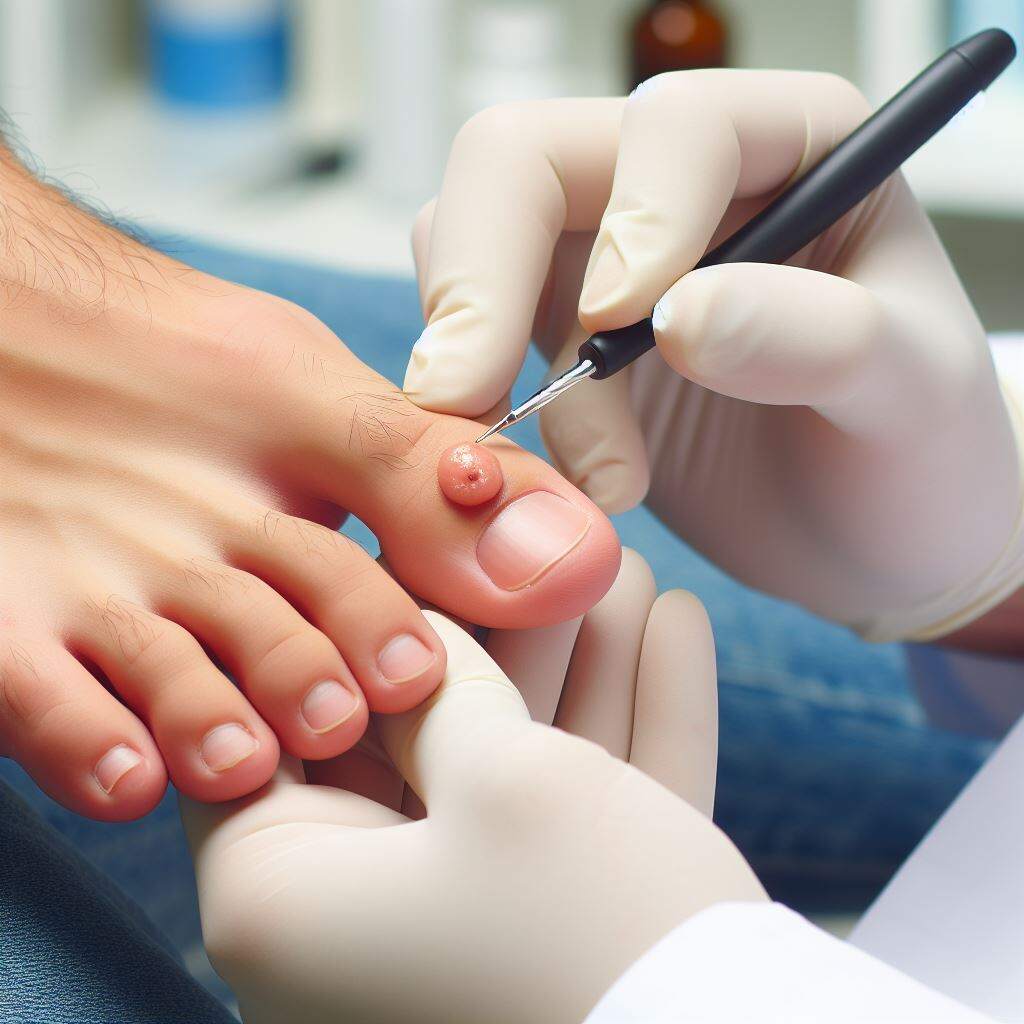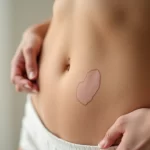Plantar wart root can occur on fingers, toes, or bottoms of feet. Some warts are just on the surface, while others have deep roots. Deeply rooted plantar warts must be removed thoroughly.
Dealing with a stubborn plantar wart can be a challenging experience, but successfully pulling out the root can bring immense relief. This blog will discuss the above intricacies of pulled-out plantar wart root, techniques, aftercare, and the importance of ensuring complete removal.
Pulling Out Process
Pulling out the root of a plantar wart requires precision and patience. Pulling out plantar wart roots emphasizes the importance of a complete extraction process. To successfully remove the plantar wart root, you must meticulously ensure that the entire growth is eradicated.
Mobile Skin Screening is one of the well-known services that come to your place to remove your plantar wart root with a professional technique.
The Key Technique: Extracting the Root During Plantar Wart Removal
It is crucial to focus on the technique of extracting the root during plantar wart removal to achieve the desired results.
This involves careful removal of the wart, making sure to dig deep and eliminate the root.
Over-the-counter treatments and home remedies also effectively treat the visible part of the wart, but the root often remains untouched. Therefore, you should rely on something other than OCT’s or DIY’s.
Successfully pulling out a plantar wart root involves meticulous attention to detail to ensure that the plantar wart is removed along with the root.
The process includes softening the skin, using proper tools, and ensuring a thorough extraction to eliminate any pieces of the root. Successful complete removal reduces the risk of regrowth and potential complications.
What to Do After Pulling Out a Plantar Wart and Its Root
Once the plantar wart and its root have been successfully removed, proper aftercare is essential to promote healing and prevent infection.
You should clean the affected area, apply an antiseptic, and keep the area covered to minimize the risk of bacterial contamination.
Remember, the key to effective plantar wart removal lies in a thorough approach that addresses both the
- surface
- the root
You can increase your chances of a successful and complete plantar wart removal experience by following the guidelines provided in this comprehensive guide. Further health issues such as diabetes, weak immune system, and HIV also increase the chances of a wart on your skin.
Experience the convenience of our comprehensive mobile skin screening services, dedicated to effectively identifying and pulling out plantar wart roots.
Contact Mobile Skin Screening in Phoenix, Arizona today!
Frequently Asked Questions
Why is it important to Complete Plantar Wart Removal with Root Extraction?
Partial removal may lead to recurrence, causing frustration for individuals aiming for a permanent solution. Therefore, it is imperative to employ methods that address both the visible wart and its hidden root for comprehensive removal.
How do you get rid of deep-rooted plantar warts?
The healthcare profession will use multiple methods such as Laser treatment, Cryotherapy, Prescription Medications, topical treatment, and surgical removals. To help you get rid of deep-rooted plantar warts.
How can I prevent plantar warts?
- Don’t touch warts again and again
- Sanitize your hands after and before touching your warts
- Keep your feet dry and clean
- Always wear neat and clean socks
- Avoid walking without shoes
- Wear clean shoes
What does the root of a wart look like?
Warts don’t have roots like plants do. Wart roots are commonly referred to as the area where the virus has infected the skin cells. When a deep-rooted wart is treated, what may appear to be the “root” is the part of the wart that extends deeper into the skin layers, also known as the dermis.
How deep do plantar warts go?
Plantar warts are caused by the human papillomavirus (HPV). These warts typically affect the soles of the feet. The depth of plantar warts can vary but usually involves the skin’s outermost layer, also known as the epidermis.





